Golfzon Market - Yaksu Branch [Tax Refund Shop] (골프존마켓 약수)
5.4Km 2024-04-19
214, Dongho-ro, Jung-gu, Seoul
-
Dalkanmari Dwaejihangeun (닭한마리돼지한근)
5.4Km 2021-03-18
33, Dongho-ro, 24-gil, Jung-gu, Seoul
+82-2-2285-5988
A restaurant recommended by members of the Jangchung-dong Cooperative of Shopkeepers. The representative menu is spicy braised chicken. This Korean cuisine is located near Dongguk Univ. Station, Seoul.
Agurang Kkotgerang (아구랑꽃게랑)
5.4Km 2024-03-08
35-7, Dongho-ro 24-gil, Jung-gu, Seoul
+82-2-2263-5554
This is a seafood restaurant specializing in Ganjanggejang (Soy sauce marinated crab). The crab is plump and seasoned to perfection, making it an excellent accompaniment to steamed rice. The restaurant’s Gulgukbap (Oyster and rice soup), a winter favorite, is enhanced with seaweed fulvescens, which is rich in vitamins and iron, making it beneficial for those suffering from anemia. Side dishes include Cheongpomukmuchim (Mung bean jelly salad), Kimchi, and Kongnamulmuchim (Bean sprout salad). Another popular item on the menu is the spicy Agutang (Monkfish soup), filled with springy monkfish.
Crap Hoe Fish - Jangchungdong Branch (크랩회피쉬 장충동)
5.4Km 2021-03-19
27-4, Dongho-ro24-gil, Jung-gu, Seoul
+82-2-2269-9968
A restaurant where live seafood is prepared and served fast. The representative menu is sliced raw fish. This Korean cuisine is located near Dongguk Univ. Station, Seoul.
Seoul Forest (서울숲)
5.4Km 2024-10-29
273 Ttukseom-ro, Seongdong-gu, Seoul
+82-2-460-2905
Seoul Forest is a city park opened on June 18, 2005 in what was originally a water treatment facility. Consisting of four themed parks spread over approximately 595,000 ㎡ of land, Seoul Forest is an eco-friendly zone appreciated not only by the people of the city but also those visiting Seoul.
Nodame - Konkuk Univ. Branch (노다메 건대)
5.4Km 2021-03-26
157, Neungdong-ro, Gwangjin-gu, Seoul
+82-2-461-1919
It is a Japanese curry restaurant where you can control the level of spiciness. This Japanese (cuisine) restaurant is located in Gwangjin-gu, Seoul. The most famous menu is curry.
TONGUE Seongsu Space (텅 성수스페이스)
5.4Km 2023-10-23
82, Seongsui-ro, Seongdong-gu, Seoul
TONGUE Seongsu Space is located about 280 meters away from Exit 3, Seongsu Station (Seoul Subway Line 2). Note that the shop does not have its own parking lot. It is a cafe that pursues the sensual moment in which the taste is registered and communicated by the tongue, and its interior features a color palette to match that logic. Menu available includes Shellin Crown Croissant, Shellin Crown Mini Croissant, Mini Dot Cake, Emoji Cake (fruit), and Giant Emoji Cake (fruit). Because of its proximity to Seoul Forest, one can go for a leisurely walk there. Other nearby sites include Seongsu-dong Café Street Street, Seongsu Handmade Shoes Park, and Ttukseom Recreation Area.
Woo Lae Oak (우래옥)
5.5Km 2024-03-07
62-29 Changgyeonggung-ro, Jung-gu, Seoul
+82-2-2265-0151
Woo Lae Oak is a Pyeongyang naengmyeon (Pyeongyang cold buckwheat noodles) restaurant established in 1949. Its signature dish is the Pyeongyang naengmyeon, known for their clean and light broth. Alongside the onmyeon (warm noodles), they also serve bulgogi, which complements the warm broth perfectly. The restaurant is renowned to the extent that customers often line up to dine, and it was selected for the Michelin Guide 2023.
Nakseonjae Hall (낙선재)
5.5Km 2021-09-30
99, Yulgok-ro, Jongno-gu, Seoul
+82-2-2148-1822
Located inside Changdeokgung Palace, Nakseonjae Hall is a one-story structure built in ikgong style (bird wing-shaped eaves placed on top of the pillars) with a hip tiled and gable roof. It has 6 kan in the front and 2 kan (traditional unit of measurement of the space between pillars) to the sides. It originally belonged to the nearby Changgyeonggung Palace, but came to be considered a part of Changdeokgung Palace in more recent years.
The hall was constructed in 1846 (12th year of King Heonjong’s reign) and it is collectively called Nakseonjae together with the adjacent Seokbokheon Hall and Sugangjae Hall.
Behind the building is a flower garden made of stacked large stones. The chimney, the flowers, and the oddly shaped stones harmoniously blend into one another to create an outstanding landscape gardening.
Changgyeonggung Palace (창경궁)
5.5Km 2024-10-31
185 Changgyeonggung-ro, Jongno-gu, Seoul
+82-2-762-4868
Located in the heart of Seoul, Changgyeonggung Palace was originally built as Suganggung Palace by the 4th ruler of the Joseon dynasty, King Sejong (r.1418-1450), for his retiring father, King Taejong. It often served as residential quarters for queens and concubines. During the reign of King Seongjong (r.1469-1494), the palace was renovated and renamed to Changgyeonggung Palace. It later became a park with a zoo and a botanical garden during Japanese colonial rule. The palace grounds remained this way until 1983 when restoration of its old grace was completed.
![Golfzon Market - Yaksu Branch [Tax Refund Shop] (골프존마켓 약수)](http://tong.visitkorea.or.kr/cms/resource/43/2878743_image2_1.jpg)
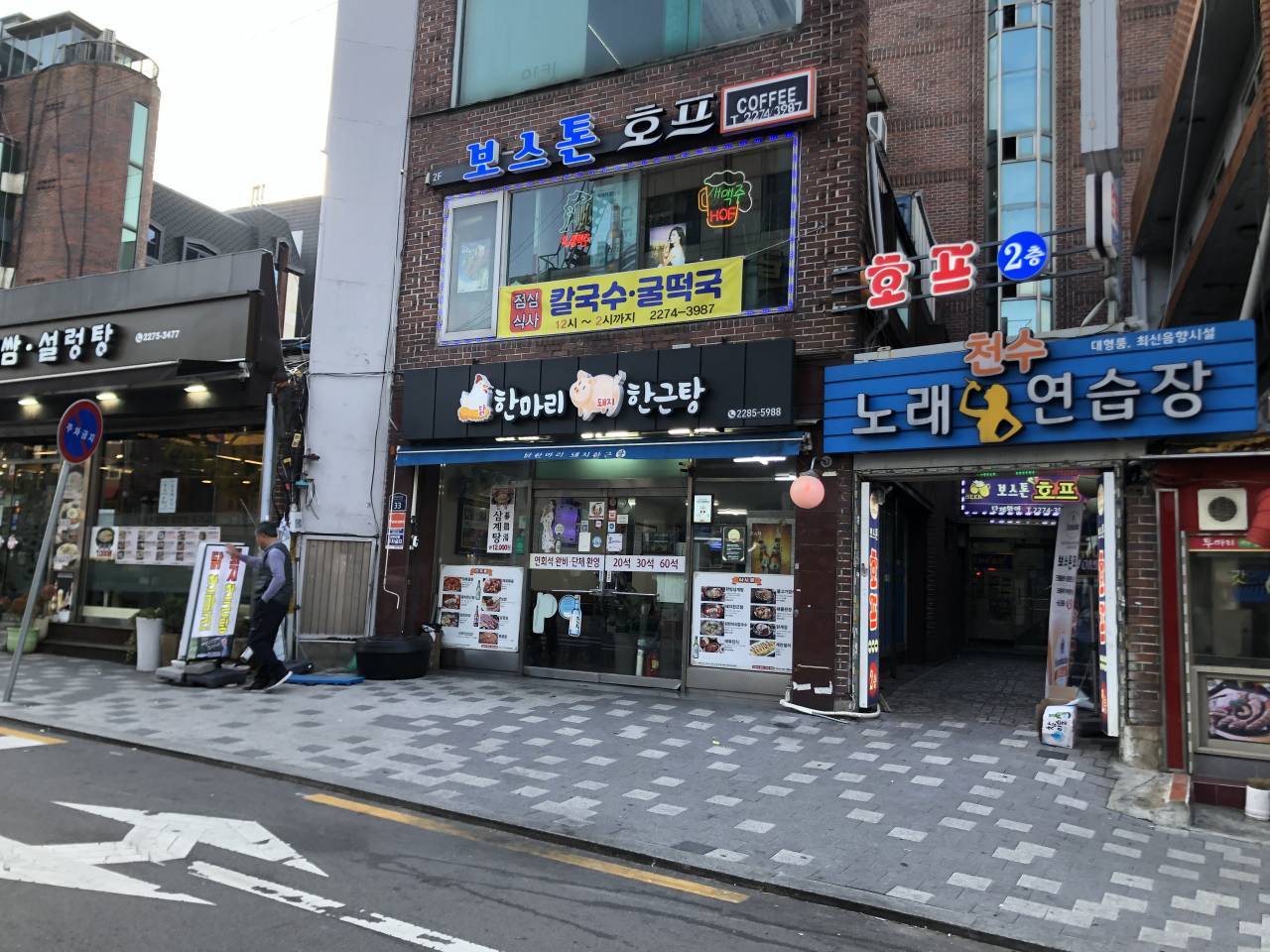
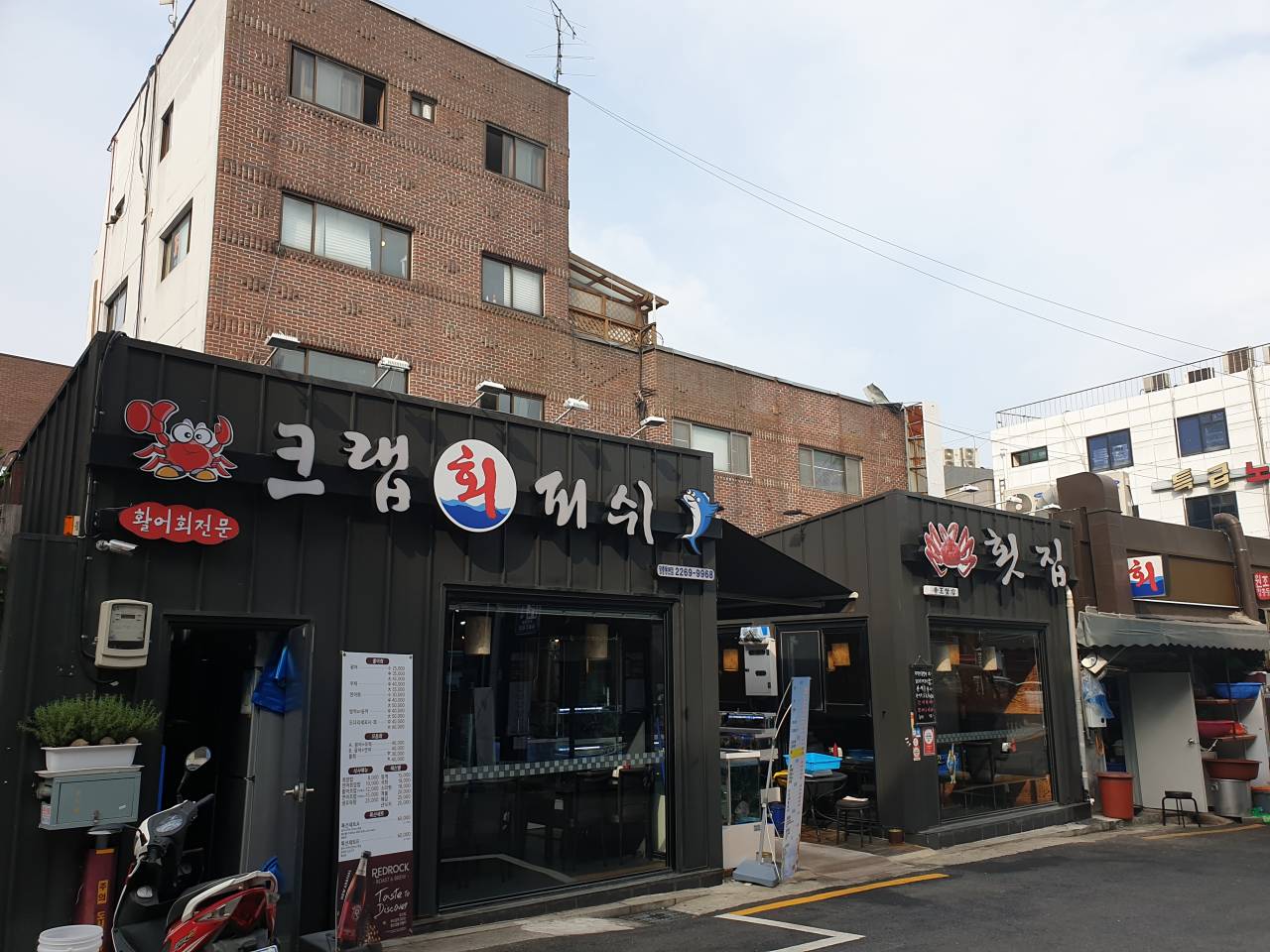

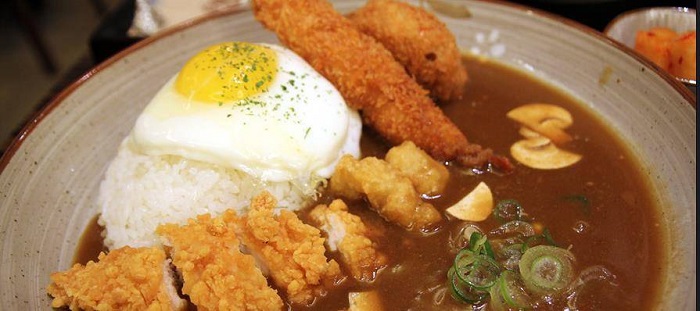
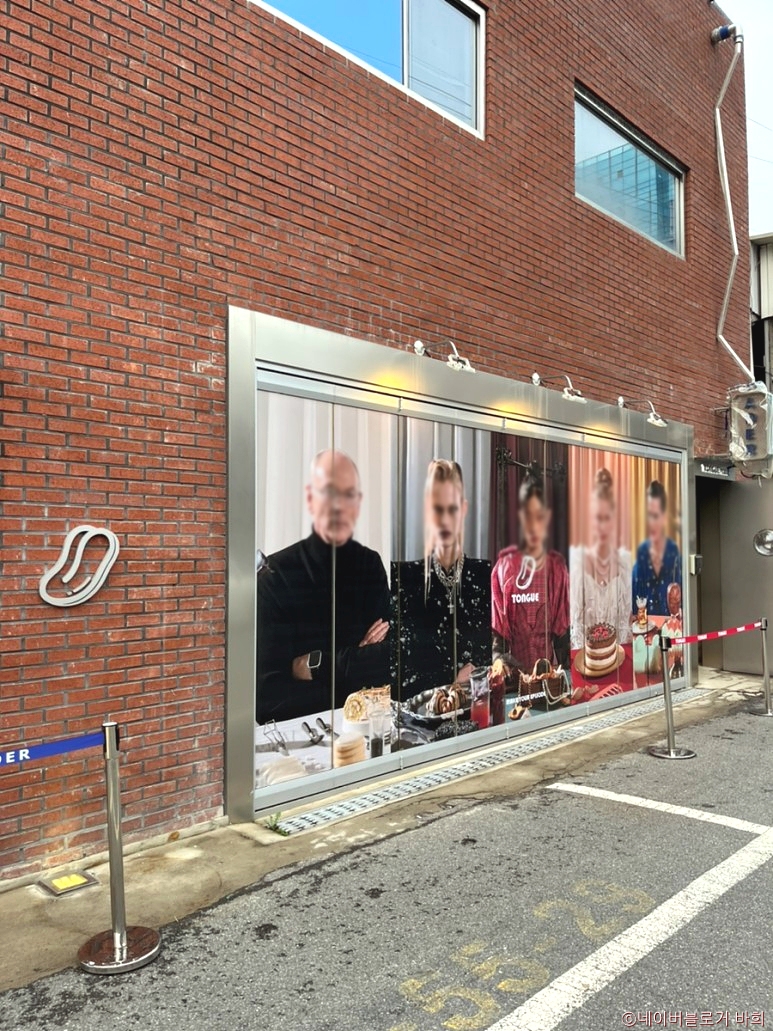
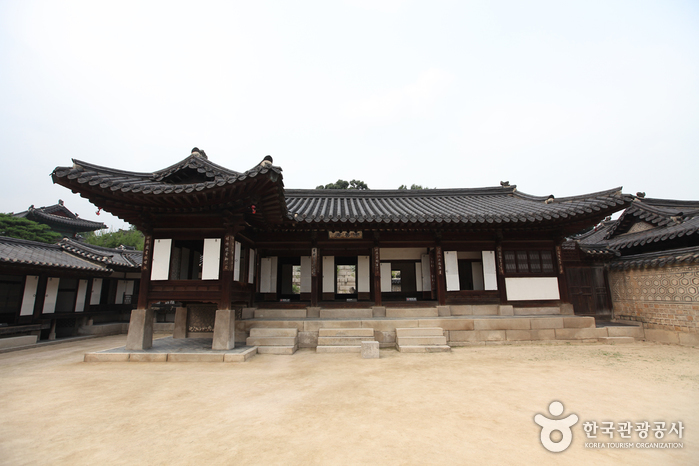
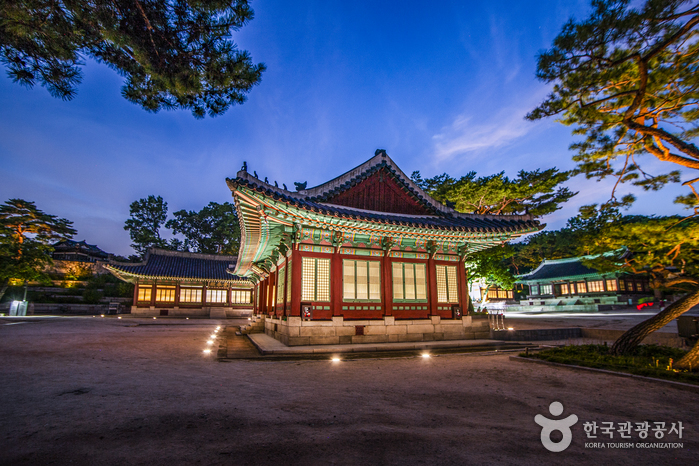
 English
English
 한국어
한국어 日本語
日本語 中文(简体)
中文(简体) Deutsch
Deutsch Français
Français Español
Español Русский
Русский